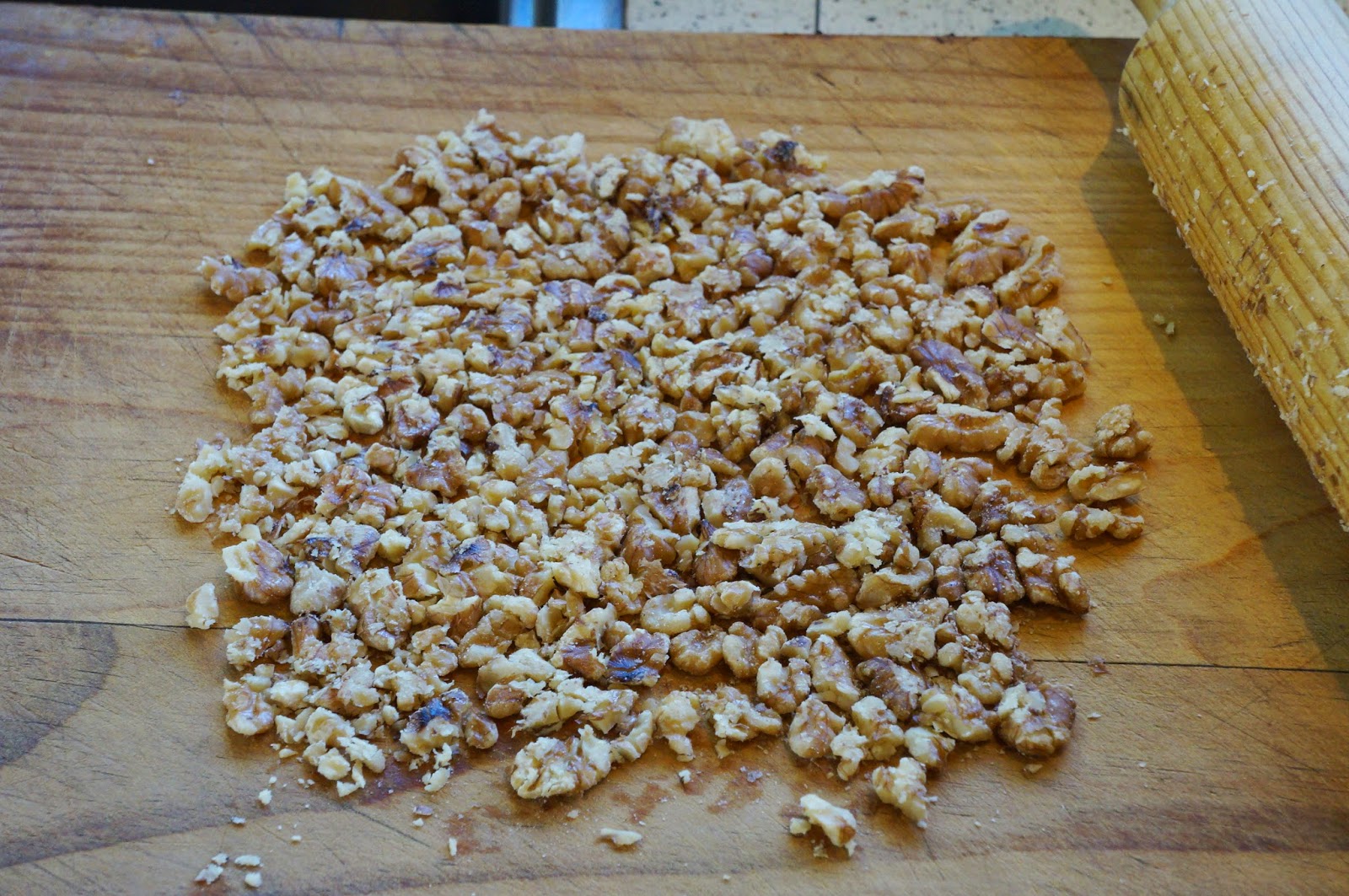Blackcurrant ice cream topping
3 1/2 cups blackcurrants - fresh or frozen
1 cup water
1/2 cup sugar
3 tablespoons cornflour
1/4 cup cold water
Wash the blackcurrants, especially if the weather has been dry as they can get quite dusty. You can use frozen if the season has finished.
Place the currants into a pot with the water and bring up to a simmer.

Cook for 10 minutes before adding the sugar. Once added, stir until the sugar is dissolved.
Taste and add more sugar if required.
Stir the cornflour into the 1/4 cup of cold water. Add to the blackcurrant mixture, stirring constantly until the mixture thickens.
Cook for a further few minutes, then set aside to cool before transferring to a suitable serving jug.
It is best served warm over ice cream. Store any left over in a covered container in the fridge.
Happy cooking xx

















































